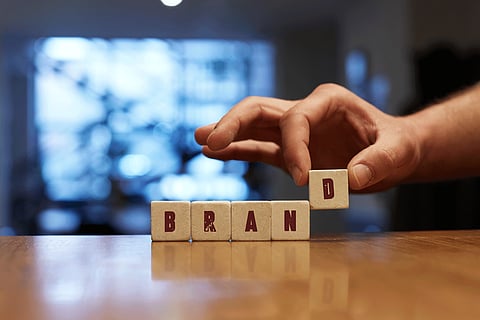It’s a new consumer brands must face
That being the case, their messaging will need an overhaul for a post-Covid-19 mindset

The pandemic that swept the globe with ferocity has brought a tremendous shift in people’s perceptions. Consumer behavior has undergone a distinct change marked by anxiety and uncertainty, which has left brands in a quandary on what to expect next and how to respond.
However, one thing is quite clear: as we emerge out of this scenario, brands will have to adapt to refocus on a version of the consumer who may have a different set of priorities than during pre-Covid-19 days.
Our study shows that over 40 per cent consumers across UAE and Saudi Arabia mentioned they were anxious and too fixated on Covid-19-related news in the initial days of the pandemic. Fortunately, with time, consumers have shifted their frame of reference, became less anxious and eventually reducing the time spent on checking Covid-19 updates by 30 per cent.
With an optimistic approach, they are now once again looking forward to the things they are currently deprived of. From consumers’ perspective, over 70 per cent believe that brands should not exploit the situation to promote themselves, while more than 78 per cent across UAE and Saudi Arabia expect brands to talk about how the latter can be helpful in the new way of life.
Change the optics
Brands will have to change their frame of reference and make some critical structural changes. They will have to address a new version of the consumer, who has been feeling deprived but wants to also forget the tough months and look forward to brighter times. Consumers certainly do not expect that brands continue to talk like they have always done.
However, there would be macro-economic factors coming into play as well. Budgets will shrink for brands and consumers alike. Consumers will feel the pinch and respond accordingly.
They will want to gravitate to familiar brands that assure quality and provide them at the price that doesn’t hurt their pockets. Marketers are familiar with the AIDA (Attention—Interest—Desire-Action) model to acquire a consumer. However, perhaps it’s time to reinvent that model. Following is how it could look:
Attention
Pay attention to consumers’ changing needs to adapt for the future – now is not the time to ignore their voice.
Innovate
* New channels and touchpoints to reach out to consumers;
* New ways of communicating our messages to consumers: and
* New ways of communicating value and not price.
Desire
Maintaining or increasing desire for your brand. Desire in these times can be ensured by constant availability and visibility. Now is the time to advertise.
Assure
Assure the consumer of quality, familiarity and repute.
Emerging from an intensive lockdown, marketers can expect consumers who would be eagerly awaiting the antidote of social distancing, and yet keen to have social gatherings and frequent places with their friends. Similarly, the f&B industry could see a re-emergence on the back of a population that has been bereft of visits to their favourite restaurants for so long.
Children too, will want to return to a routine-packed with outdoor activities and fun. Subsequently, leisure and entertainment industries like parks, resorts and gaming arcades could see more traction.
Consumers would also want to seek respite from the chaos of the last few months. Ironically,they would want the world to open up just so they can get away from it all. They would be looking forward to some “me” time – a flight to the unknown perhaps, a bit of pampering in a spa or salon, or a shopping trip for cosmetics.
In short, brands need to invest in this future... and ensure they evolve with a wiser consumer.
- Aruna Rajaram is Director - Insights Division at Kantar.
Sign up for the Daily Briefing
Get the latest news and updates straight to your inbox





